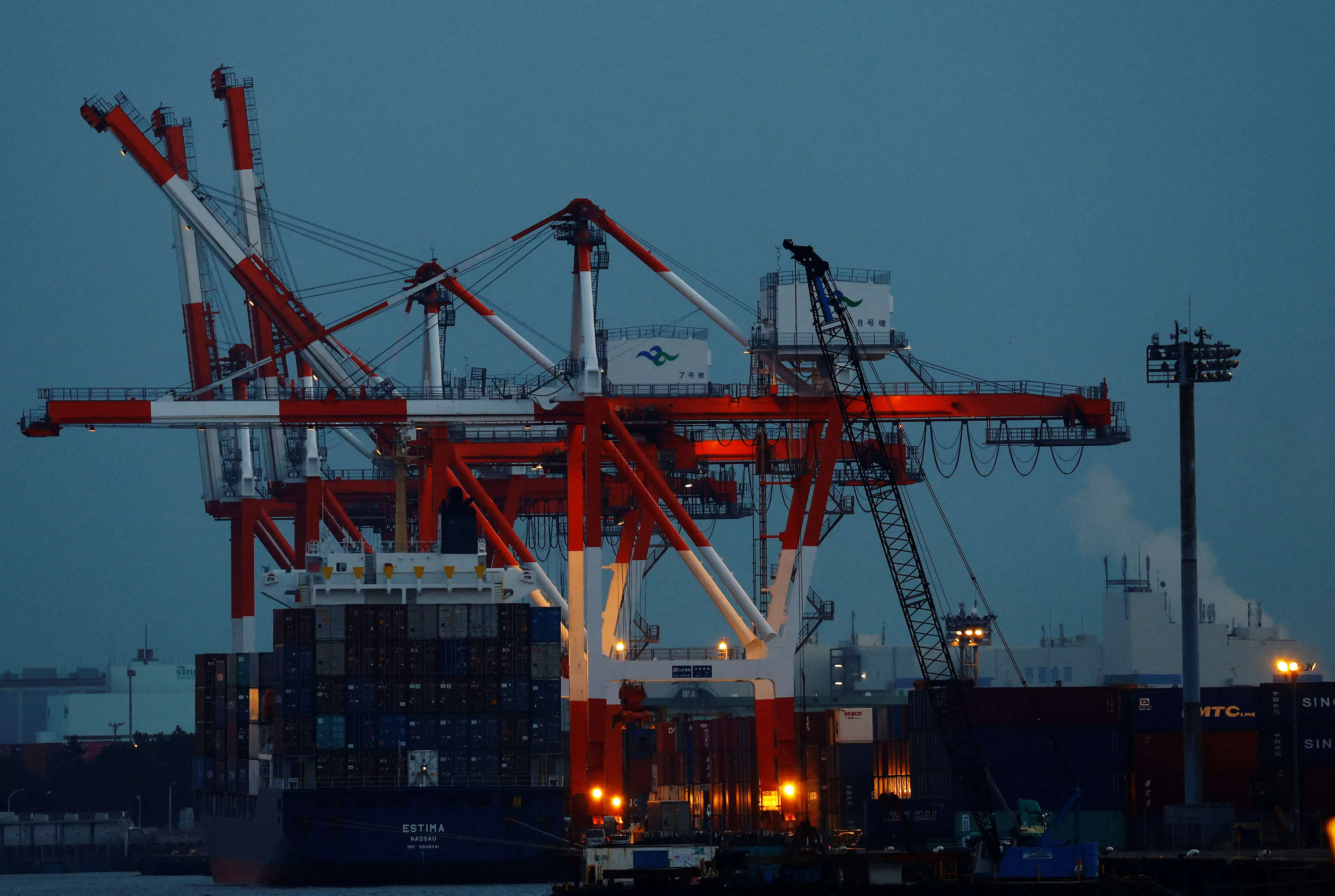
China‘s imports of most major commodities were unabashedly weak in June, but the soft outcome is more of a history lesson than a pointer to future demand in the world’s biggest buyer of natural resources.
Crude oil imports slumped to a near four-year low in June, coming in at 8.72 million barrels per day (bpd), down 19% from May and 11% below the level in June last year, according to data released on Wednesday by the General Administration of Customs.
For the first half of the year, crude imports are down 3.1%, while exports of refined fuels have slumped 40.7% from the first six months of 2021.
Imports of natural gas through both pipelines and as liquefied natural gas (LNG) dropped 3.9% in June from May and 14.6% from the year earlier month, to be down 10% in the first half of 2022.
Coal imports were 18.98 million tonnes, a drop of 7.6% from may and down 33.2% from June 2021, with arrivals for the first half of the year 17.5% below the level for the same period last year.
Iron ore imports were 88.97 million tonnes, slipping 3.84% from the previous month and 0.5% from June last year, leaving year-to-date arrivals 4.4% below those in the first half of 2021.
Only copper looks somewhat positive with June imports of unwrought copper at 537,698 tonnes, up 15.5% from May and 25.5% from June 2021, with first half imports up 5.3%.
It may be tempting to look at copper as the bellwether for China’s commodity imports, with gains coming as the economy reopens from earlier COVID-19 lockdowns, as seen by the purchasing managers’ index rising back to positive territory of 50.2 in June from 49.6 in May.
But it’s also worth noting that copper imports may have been boosted by the opening of the arbitrage window with the London Metal Exchange, meaning traders could sell at a higher price in Shanghai, thus encouraging imports.
A further factor is that while China’s economy seems to be recovering, albeit with the threat of new COVID-19 lockdowns hanging over it, the rest of the world is grappling with surging inflation, energy insecurity and sharply tighter monetary policy.
The situation the world’s second-largest economy finds itself in is now vastly different to the Western world and much of the developing world, which are feeling the pain caused by Russia’s invasion of Ukraine and its subsequent disruption to global commodity flows.
CHINA CONTRAST
The question for markets is whether China can effectively go it alone, boosting its economy through infrastructure-focused stimulus spending and hope that domestic consumers can take up some of the slack likely from lower exports of manufactured goods to the rest of the world.
Certainly it’s likely that crude imports will recover in coming months, especially if no widespread lockdowns are imposed, given fresh quotas granted to independent refiners, as well as some new export allowances for refined fuels.
High prices have curtailed imports of energy commodities, and may continue to do so, with LNG and coal set to remain at elevated levels amid shortages of the fuel caused by the war in Ukraine.
LNG imports have been constrained by high spot prices, with the cargoes that have been arriving mainly being bought under long-term contracts.
Coal imports have also been limited because of strong domestic output and rising hydropower generation, which have curtailed the need for imported fuel to produce electricity.
Iron ore is also likely at an inflection point, with the market waiting to see if the stimulus spending actually materialises and results in a meaningful boost to steel demand.
Overall, China is at a very different point in its economic cycle to much of the rest of the world, and its commodity imports in coming months may start to reflect this contrast.
